Home>Garden Essentials>How Do You Know If Pomegranate Seeds Are Bad
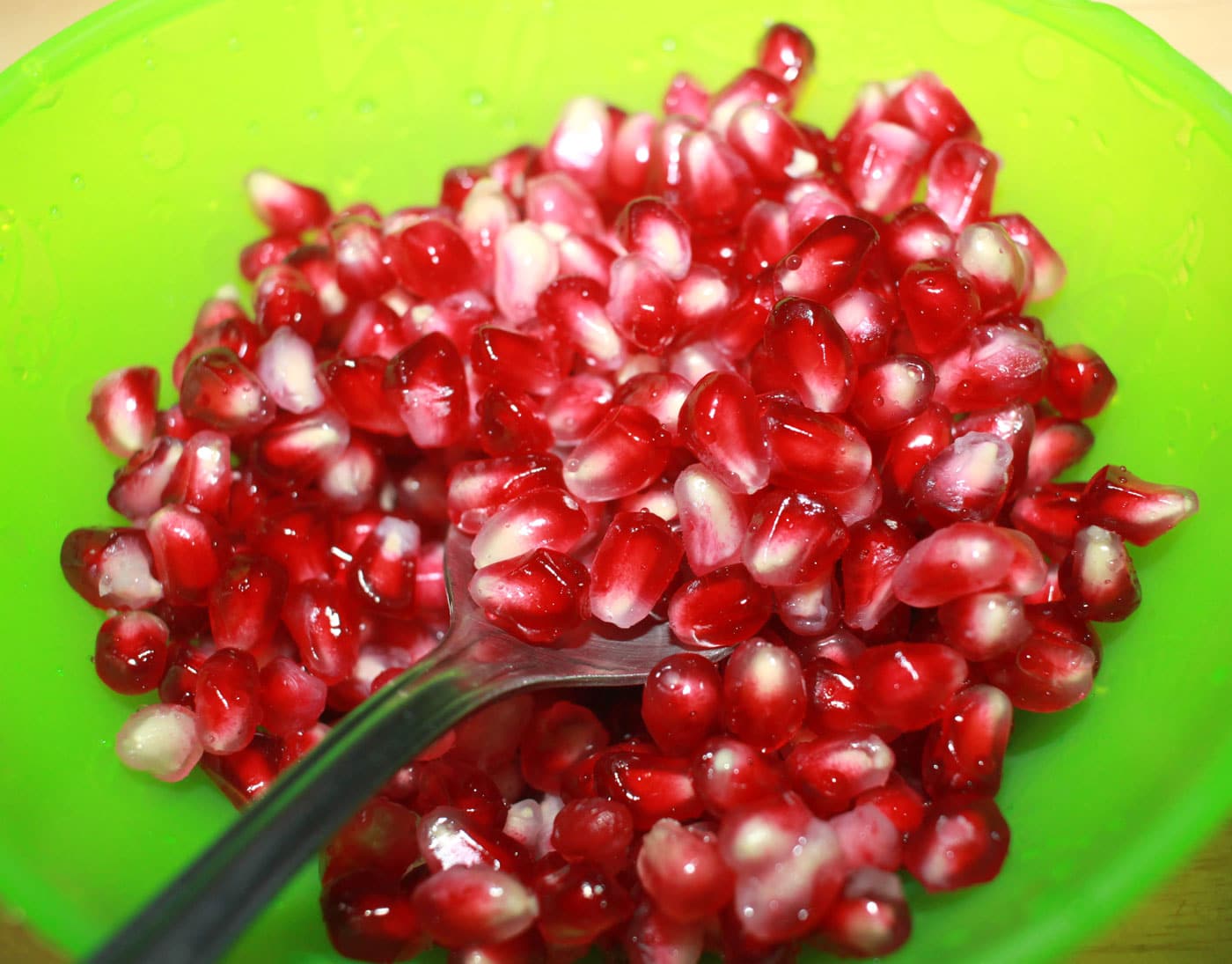

Garden Essentials
How Do You Know If Pomegranate Seeds Are Bad
Modified: March 24, 2024
Learn how to tell if pomegranate seeds are bad with our expert tips for garden enthusiasts. Discover the signs of spoilage and ensure fresh, delicious produce every time.
(Many of the links in this article redirect to a specific reviewed product. Your purchase of these products through affiliate links helps to generate commission for Storables.com, at no extra cost. Learn more)
**
Introduction
**
Pomegranate seeds are not only delicious and versatile but also packed with essential nutrients and antioxidants. Whether you sprinkle them on salads, blend them into smoothies, or simply enjoy them as a snack, these vibrant ruby-red seeds are a delightful addition to any culinary experience. However, like all perishable foods, pomegranate seeds can spoil if not handled and stored properly. In this article, we will explore the telltale signs of spoiled pomegranate seeds and provide valuable insights into how to store them effectively to prolong their freshness and flavor.
Join us on a journey through the world of pomegranate seeds, where we will unravel the mysteries of their shelf life and learn how to differentiate between the good and the bad. By the end of this article, you will be equipped with the knowledge to savor these delectable seeds at their peak and bid farewell to any doubts about their quality. So, let's embark on this flavorful expedition and discover the secrets of identifying and preserving the freshness of pomegranate seeds.
**
Key Takeaways:
- Don’t eat pomegranate seeds if they have mold, smell bad, feel slimy, change color, or taste weird. Keep them fresh by storing in the fridge, avoiding moisture, freezing, labeling, and using them in recipes.
- To enjoy yummy pomegranate seeds, watch out for signs of spoilage and store them properly. Then, add them to smoothies, salads, or snacks to savor their flavor and nutrients for a long time.
Read more: How Do You Seed A Pomegranate
Signs of Spoiled Pomegranate Seeds
**
Identifying spoiled pomegranate seeds is essential for ensuring that you enjoy a safe and delightful culinary experience. Here are the key signs to look out for:
-
Mold or Mildew:** One of the most obvious indicators of spoiled pomegranate seeds is the presence of mold or mildew. If you notice any fuzzy or discolored patches on the seeds, it is best to discard them immediately. Mold can alter the taste and texture of the seeds and may pose health risks if consumed.
-
Unpleasant Odor:** Fresh pomegranate seeds exude a sweet and slightly tangy aroma. However, if you detect a sour or musty odor emanating from the seeds, it is a clear indication that they have deteriorated and are no longer suitable for consumption.
-
Slimy Texture:** When pomegranate seeds spoil, they can develop a slimy or mushy texture. If the seeds feel excessively soft or slimy to the touch, it is best to discard them, as this is a sign of advanced spoilage.
-
Discoloration:** Healthy pomegranate seeds boast a rich, deep red hue. Any significant discoloration, such as a darkening or browning of the seeds, is a sign of deterioration. Fresh seeds should maintain their vibrant color, so any noticeable changes indicate spoilage.
-
Off-putting Taste:** If you sample a pomegranate seed and notice an unpleasant or off-putting taste, it is a clear indication that the seeds have gone bad. Fresh pomegranate seeds should have a sweet, slightly tart flavor, so any deviation from this profile warrants caution.
By remaining vigilant for these signs, you can promptly identify spoiled pomegranate seeds and prevent any adverse effects on your palate and well-being. Now that we have explored the indicators of spoilage, let us delve into the best practices for storing pomegranate seeds to maintain their freshness.
**
Check the appearance and smell of the pomegranate seeds. If they are discolored, mushy, or have a sour smell, they are likely bad and should be discarded.
How to Store Pomegranate Seeds
**
Proper storage is key to preserving the freshness and flavor of pomegranate seeds. Follow these guidelines to ensure that your pomegranate seeds remain in optimal condition:
-
Refrigeration:** After removing the seeds from a pomegranate, place them in an airtight container or resealable plastic bag. Store the container in the refrigerator to help maintain the seeds’ freshness. Proper refrigeration can extend the shelf life of pomegranate seeds and prevent premature spoilage.
-
Avoid Moisture:** Moisture can expedite the spoilage of pomegranate seeds. Ensure that the container or bag used for storage is dry and free from any moisture. Additionally, consider placing a paper towel at the bottom of the container to absorb excess moisture and help preserve the seeds’ texture.
-
Freezing:** If you anticipate that you will not consume the pomegranate seeds within a few days, consider freezing them for long-term storage. Spread the seeds in a single layer on a baking sheet and place them in the freezer until they are frozen. Once frozen, transfer the seeds to a freezer-safe container or bag, removing as much air as possible before sealing. Properly frozen pomegranate seeds can maintain their quality for several months.
-
Labeling:** Whether you refrigerate or freeze the pomegranate seeds, it is advisable to label the storage container or bag with the date of storage. This practice ensures that you can track the freshness of the seeds and prioritize the consumption of older batches before moving on to newly stored ones.
-
Utilization:** Incorporate the stored pomegranate seeds into various culinary creations, such as smoothies, yogurt parfaits, or fruit salads, to make the most of their vibrant flavor and nutritional benefits. By incorporating them into your favorite dishes, you can enjoy their goodness while minimizing the risk of spoilage due to prolonged storage.
By adhering to these storage practices, you can savor the delightful taste and nutritional value of pomegranate seeds for an extended period. Now that we have covered the best practices for storing pomegranate seeds, let us summarize the key points discussed in this article.
**
Conclusion
**
As we conclude our exploration of pomegranate seeds, it is evident that understanding the signs of spoilage and implementing proper storage techniques are crucial for preserving their quality. By recognizing the indicators of spoiled pomegranate seeds, such as mold, unpleasant odors, slimy texture, discoloration, and off-putting taste, you can confidently assess the freshness of these delectable seeds.
Furthermore, by embracing effective storage practices, including refrigeration, moisture avoidance, freezing, labeling, and regular utilization, you can extend the shelf life of pomegranate seeds and enjoy them in various culinary creations without compromising their flavor and nutritional benefits.
Whether you sprinkle them over a vibrant salad, blend them into a refreshing smoothie, or simply relish them as a standalone snack, pomegranate seeds offer a burst of flavor and a wealth of nutrients. By incorporating these ruby-red jewels into your culinary repertoire and mastering the art of identifying and preserving their freshness, you can elevate your gastronomic experiences and reap the rewards of their nutritional value.
So, the next time you indulge in the exquisite sweetness and gentle tartness of pomegranate seeds, remember the insights shared in this article. By doing so, you can savor every delightful bite with confidence, knowing that you have the knowledge and skills to discern the good from the bad and uphold the quality of these cherished seeds.
Let the allure of pomegranate seeds enrich your culinary endeavors, and may their vibrant essence continue to inspire your culinary creativity and nourish your well-being.
Frequently Asked Questions about How Do You Know If Pomegranate Seeds Are Bad
Was this page helpful?
At Storables.com, we guarantee accurate and reliable information. Our content, validated by Expert Board Contributors, is crafted following stringent Editorial Policies. We're committed to providing you with well-researched, expert-backed insights for all your informational needs.
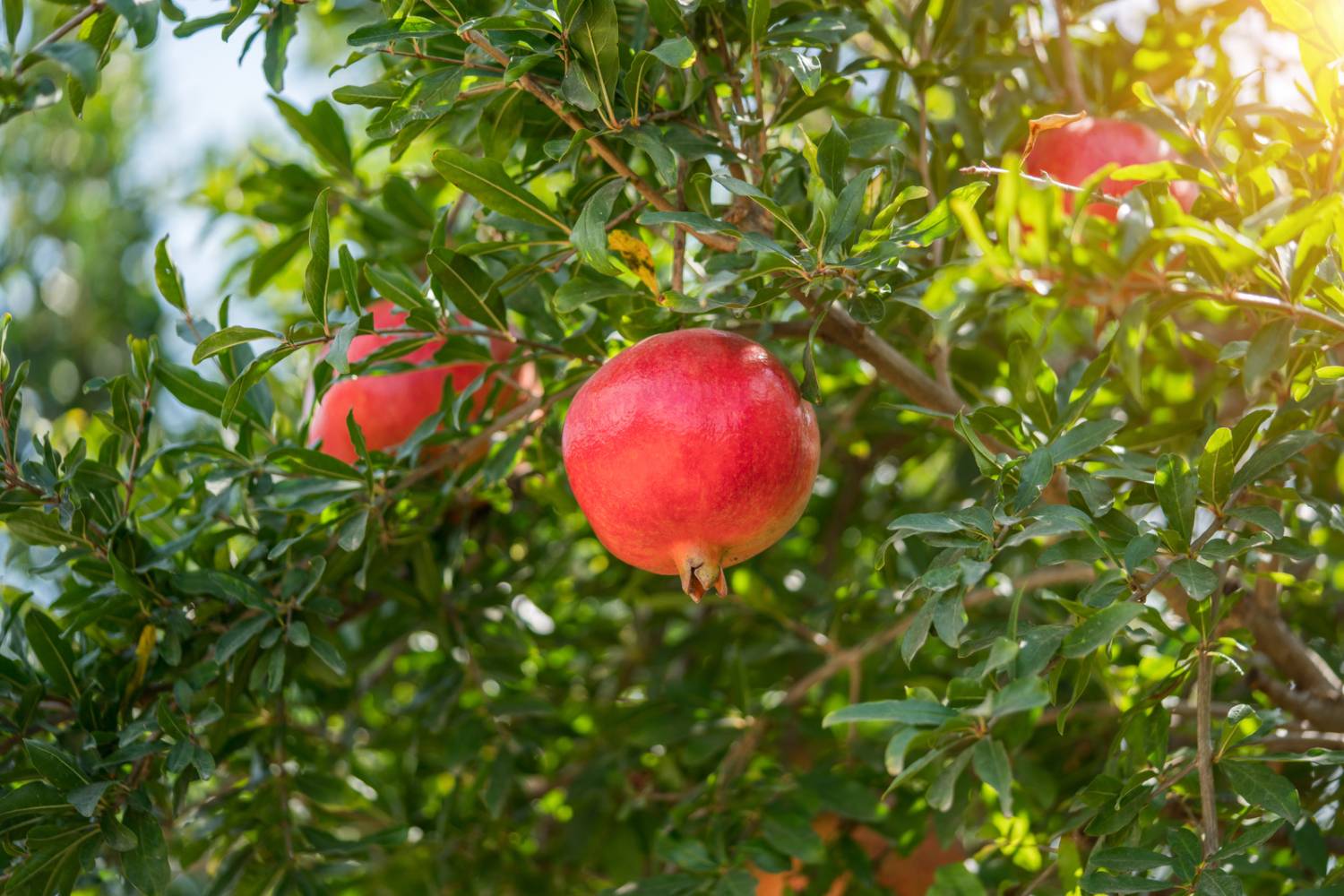
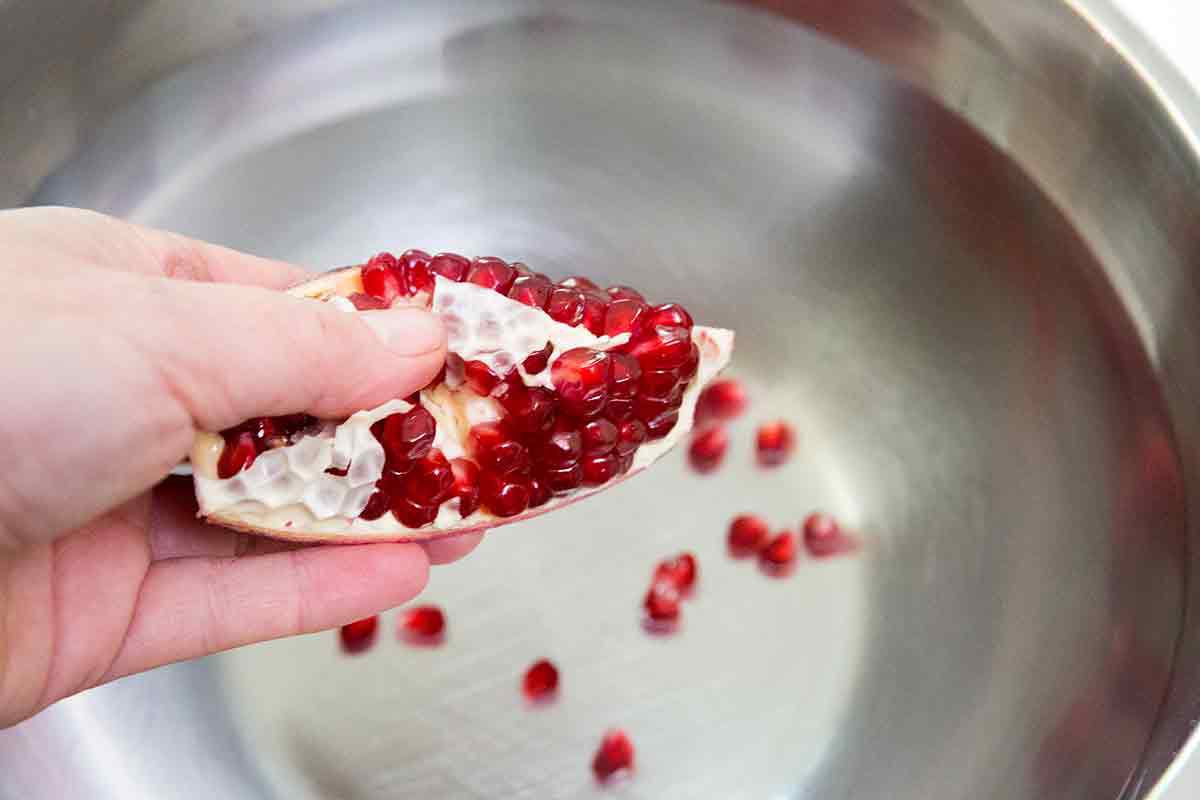
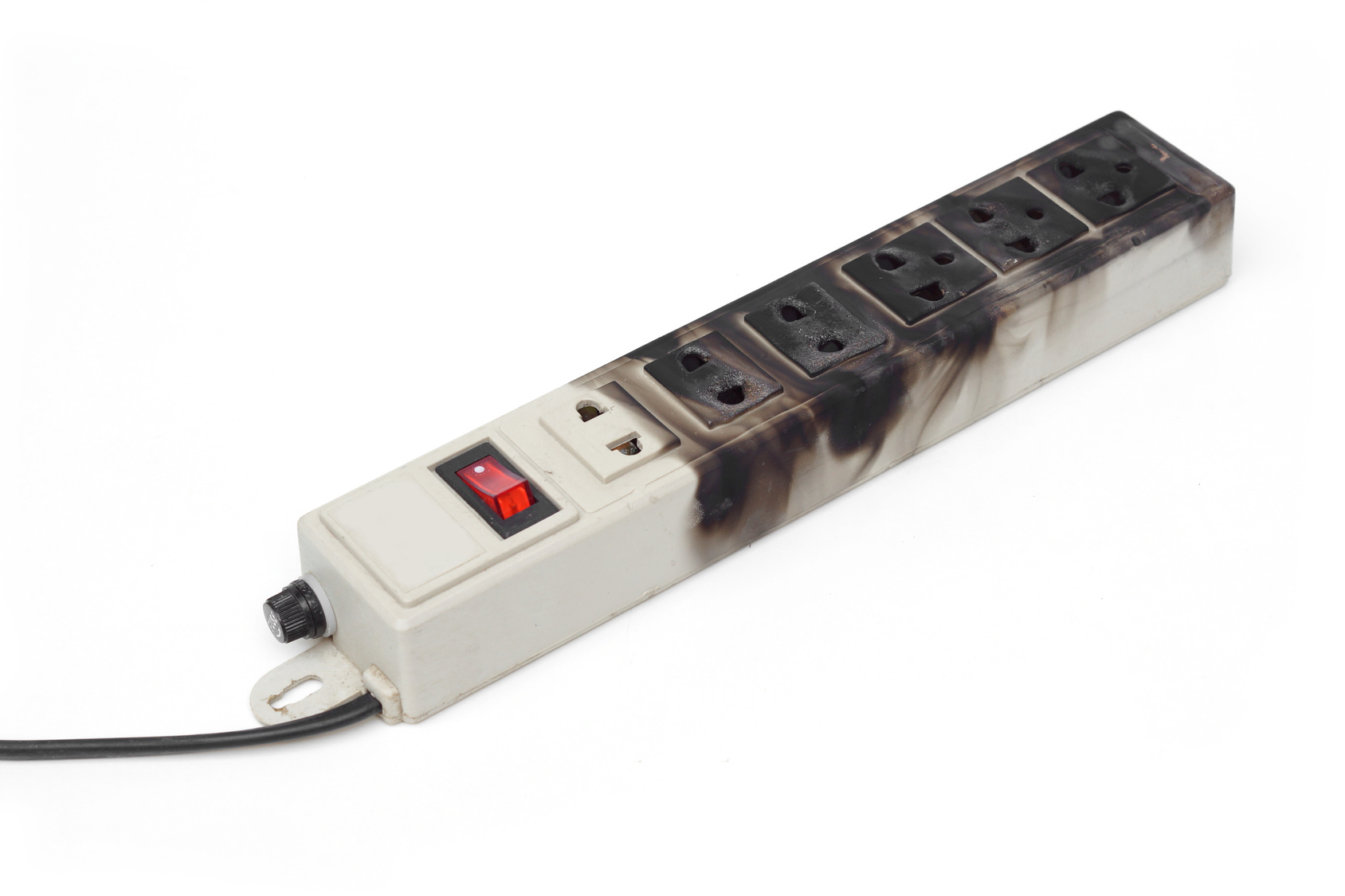
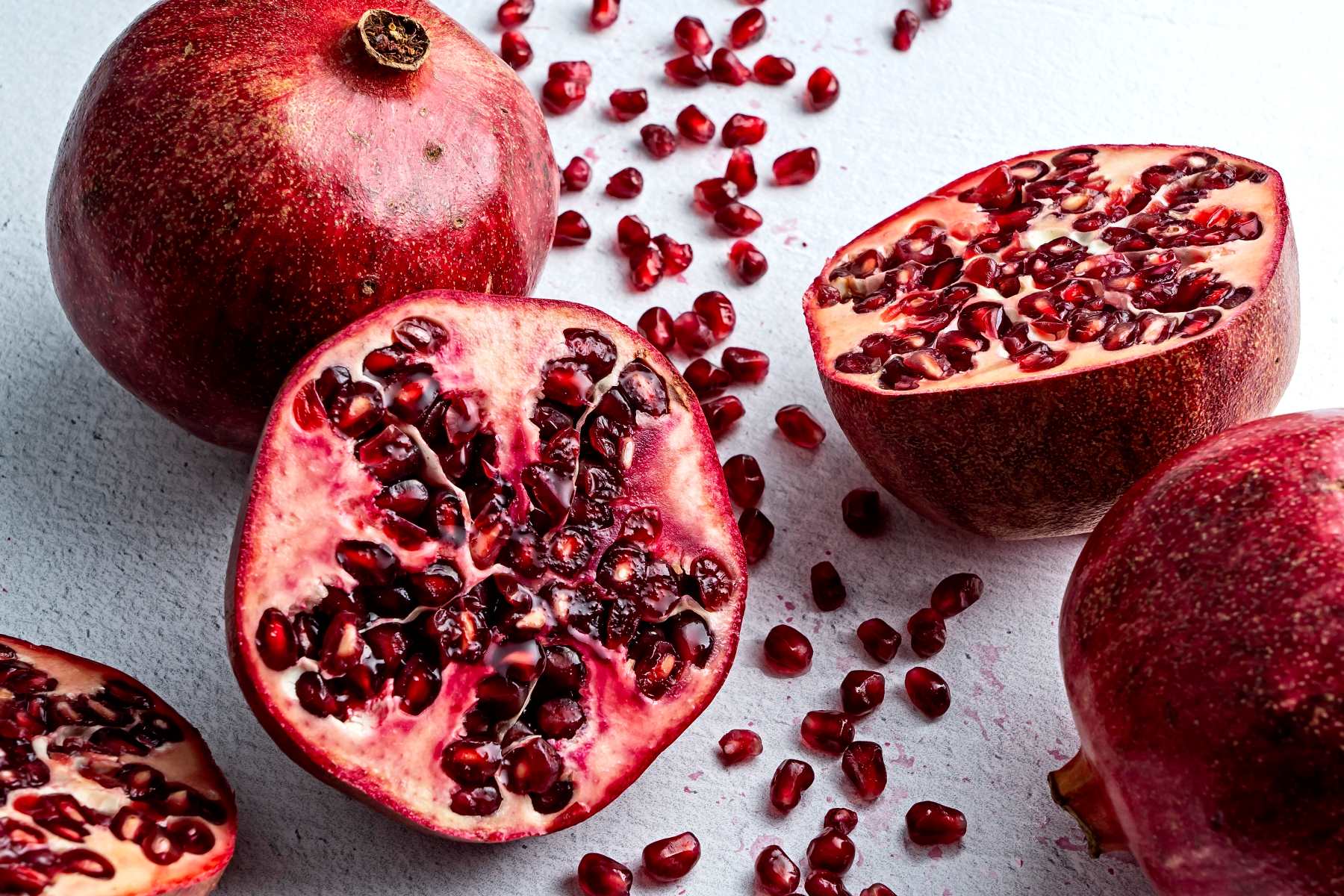
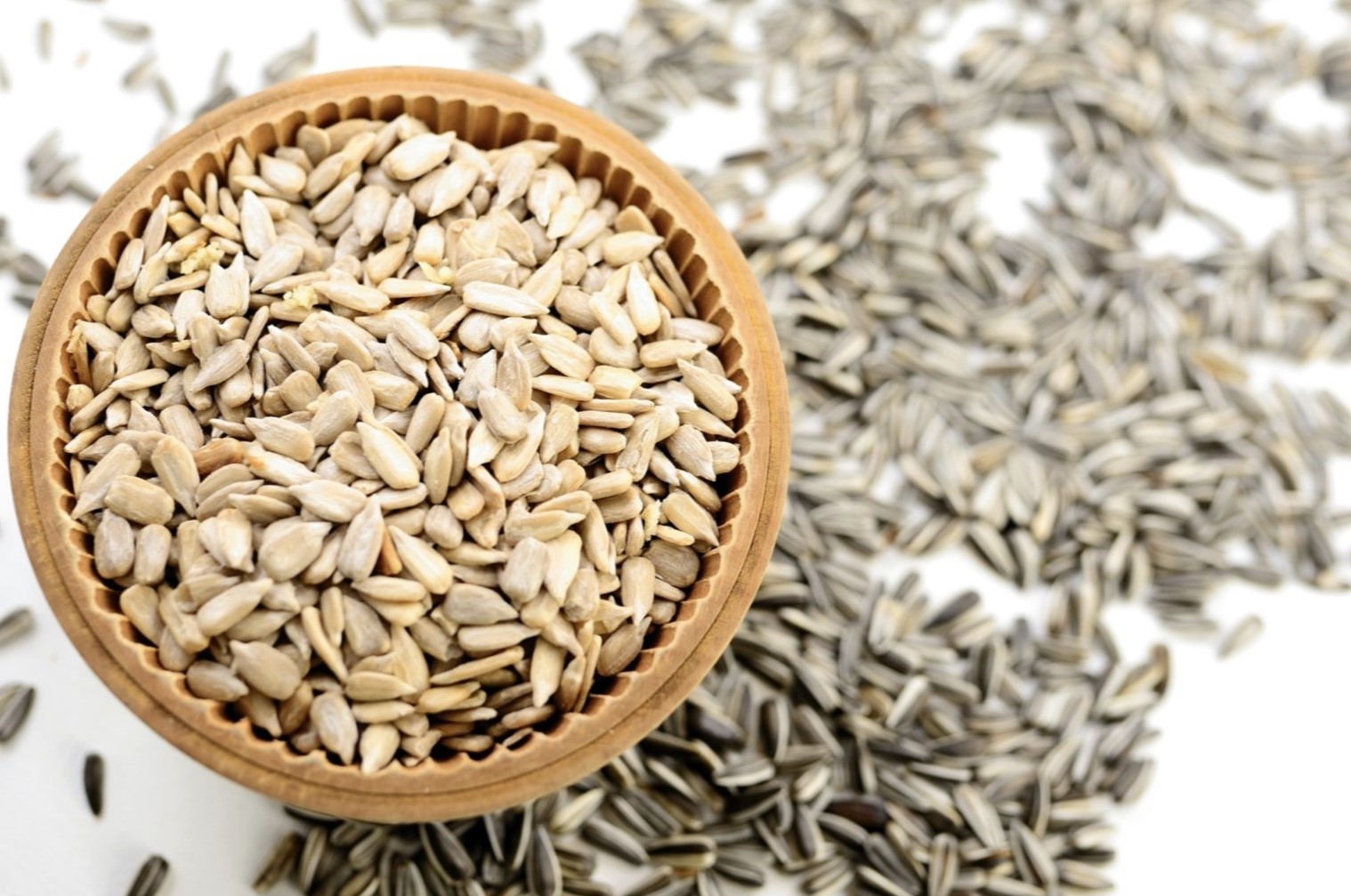

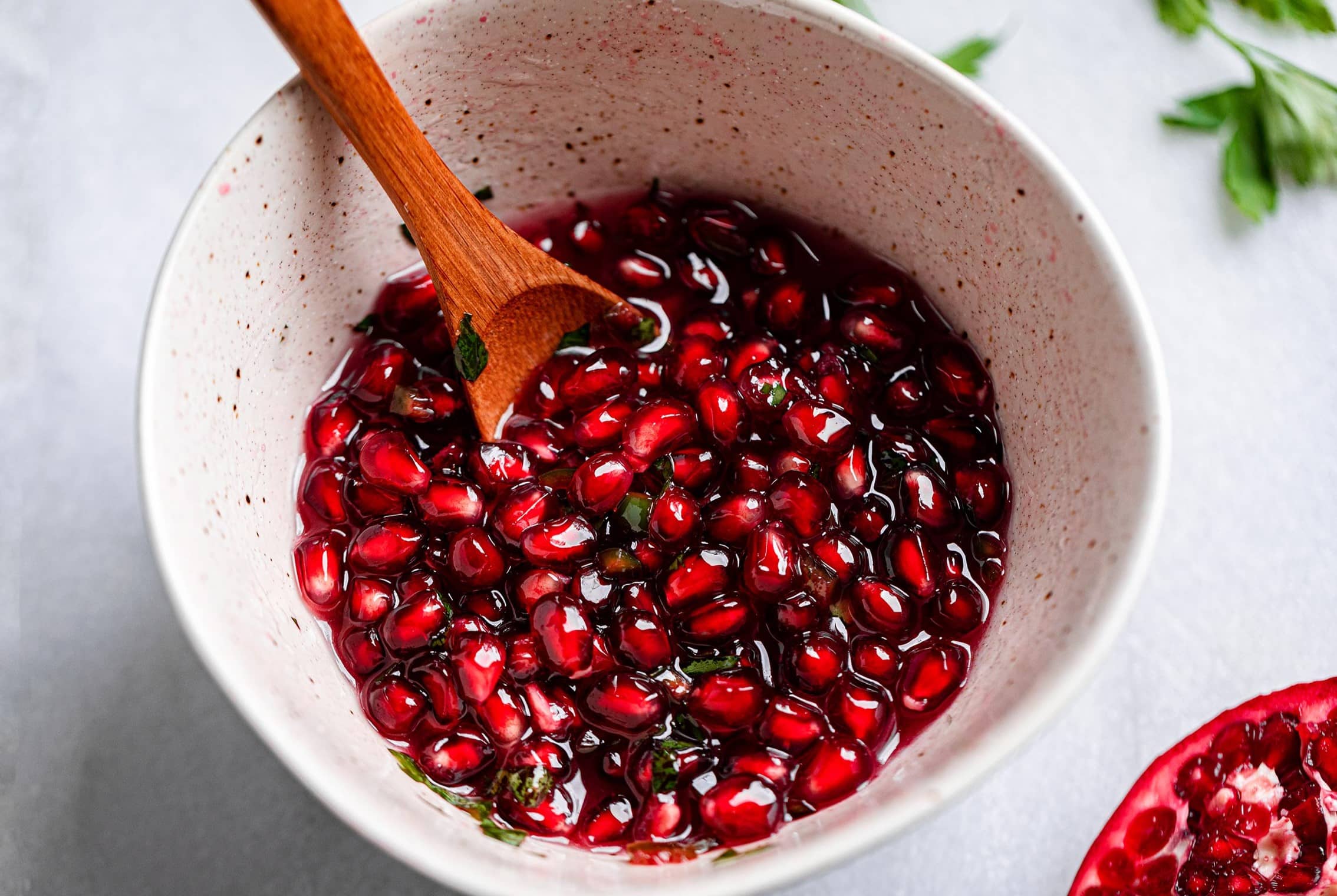
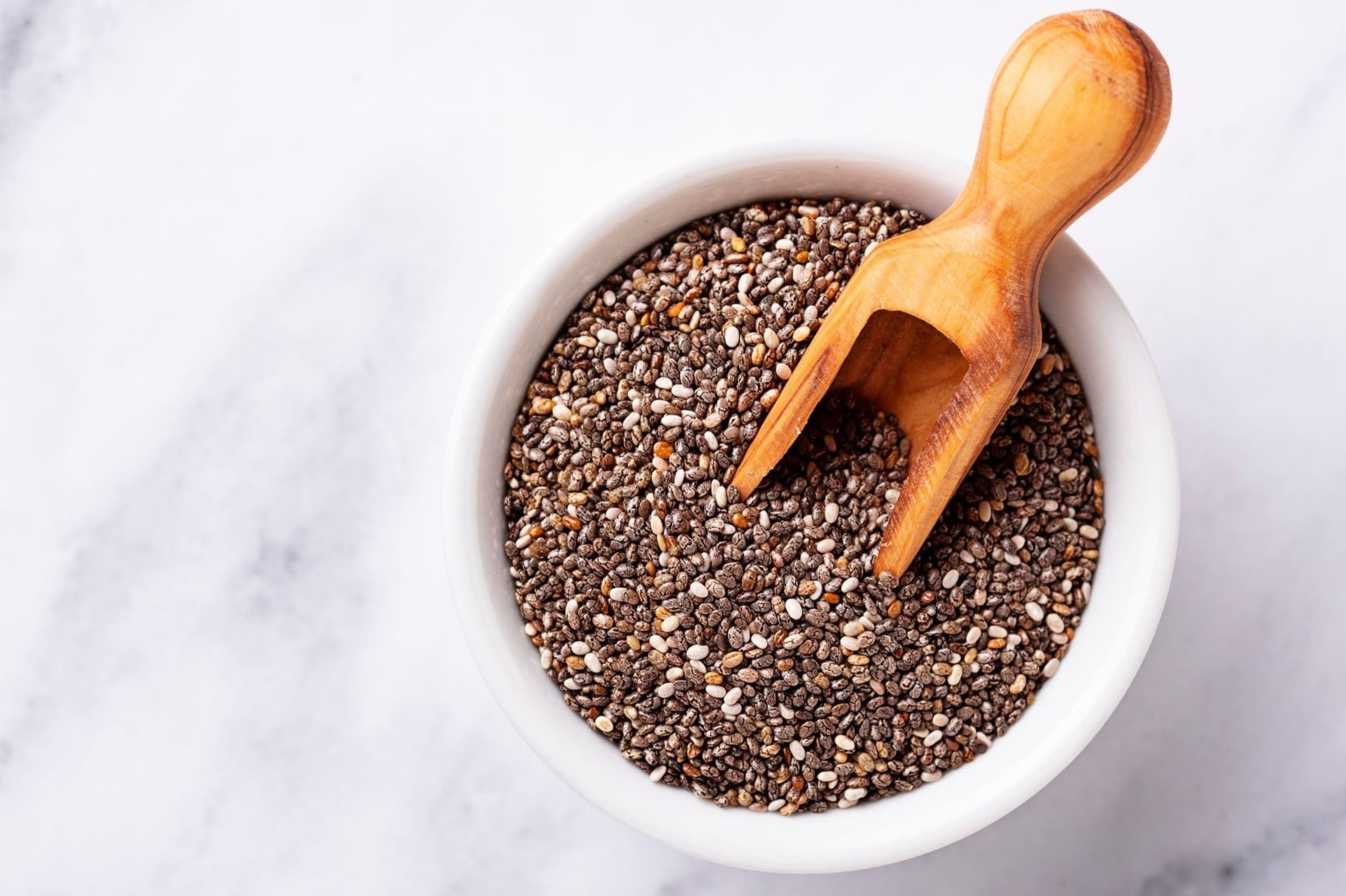
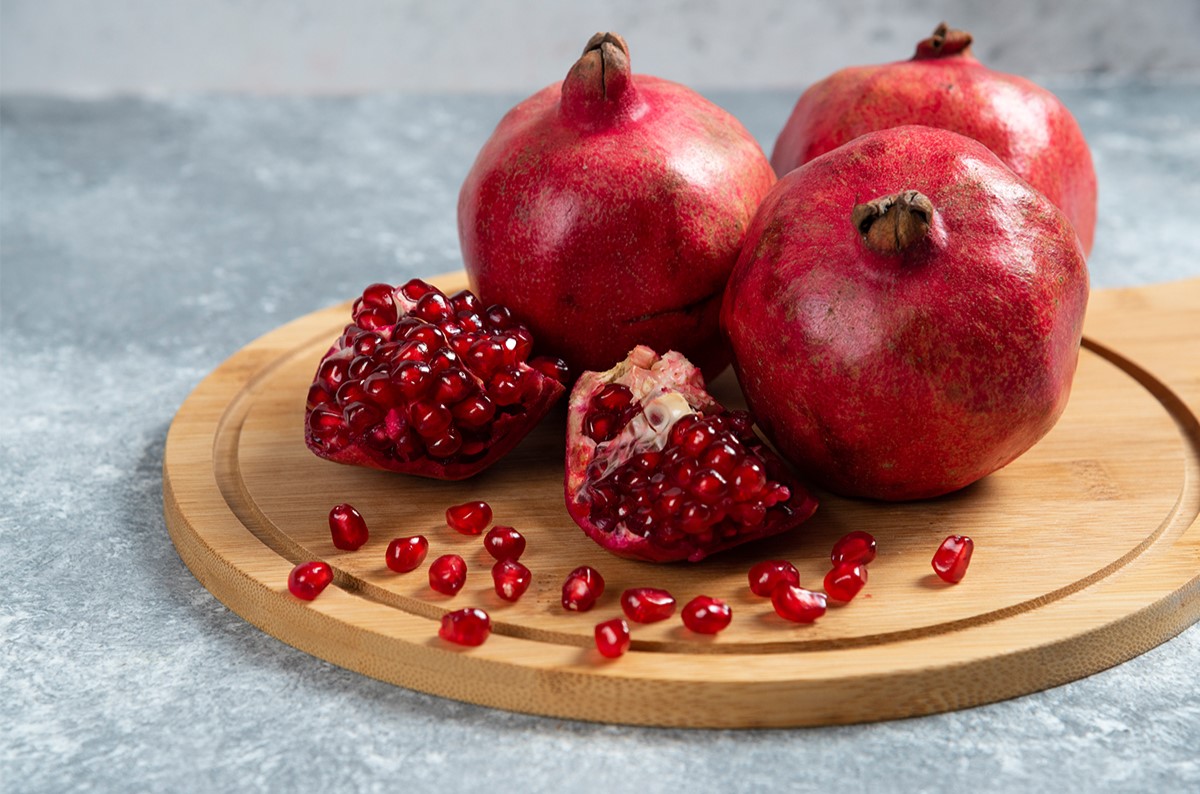
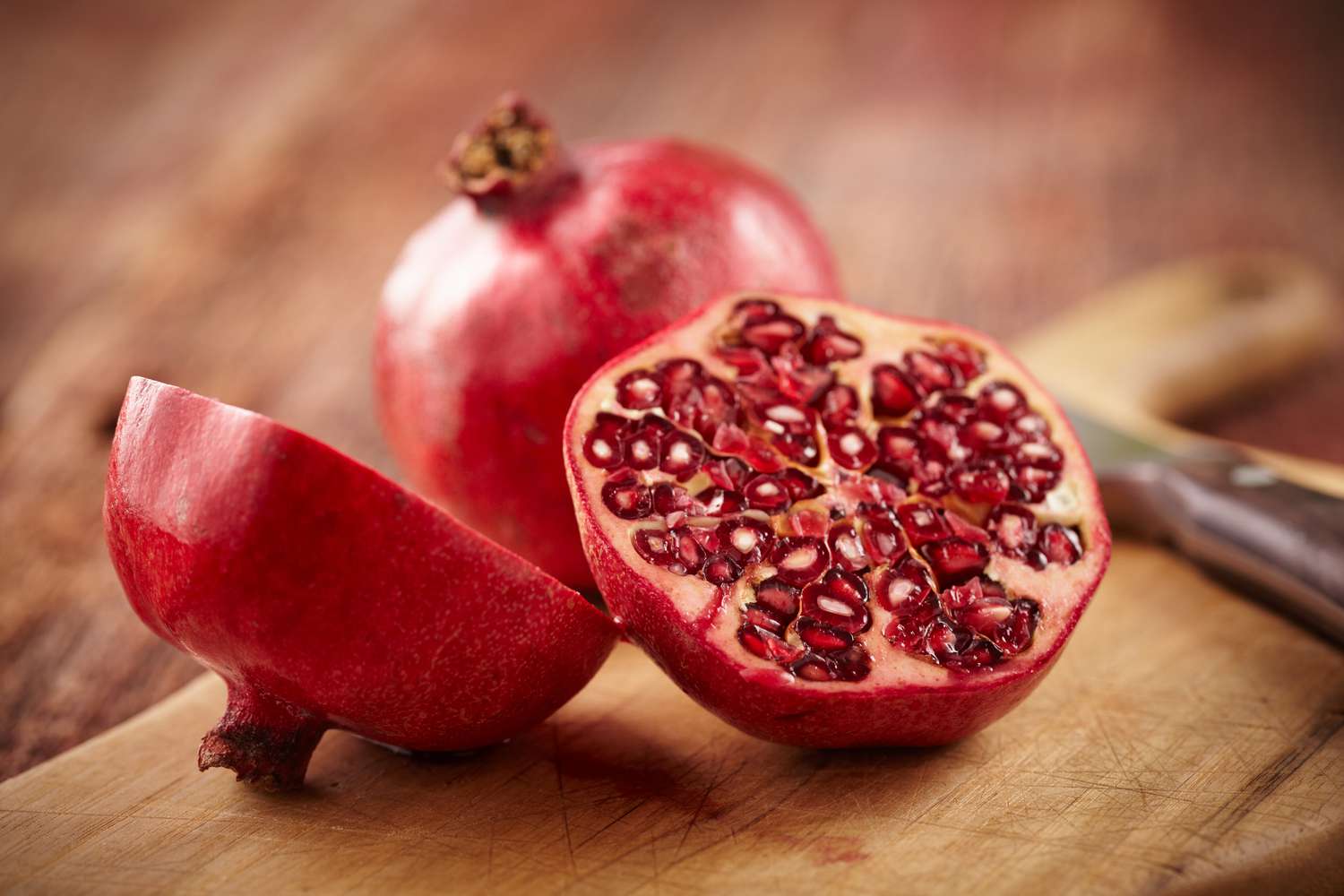
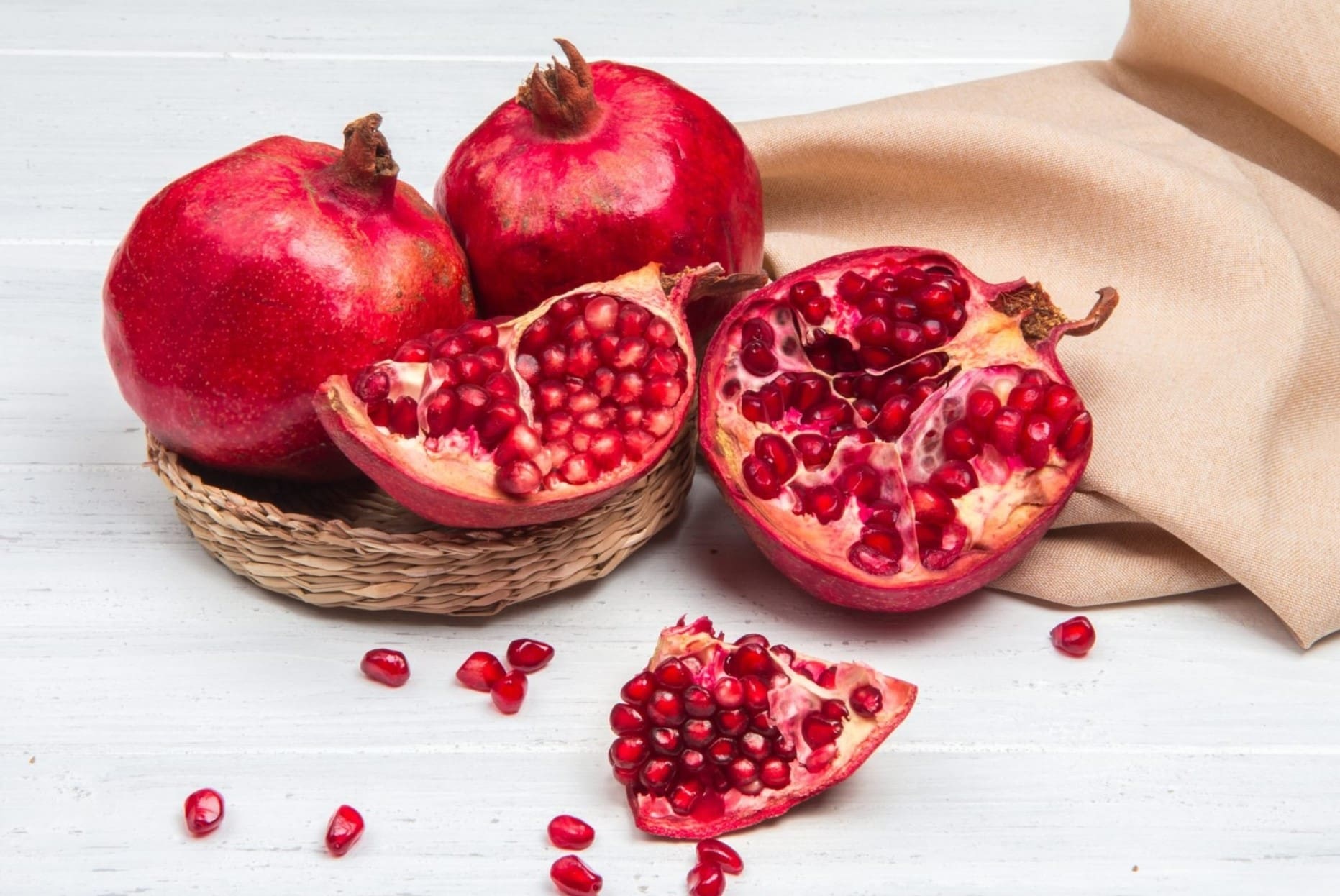

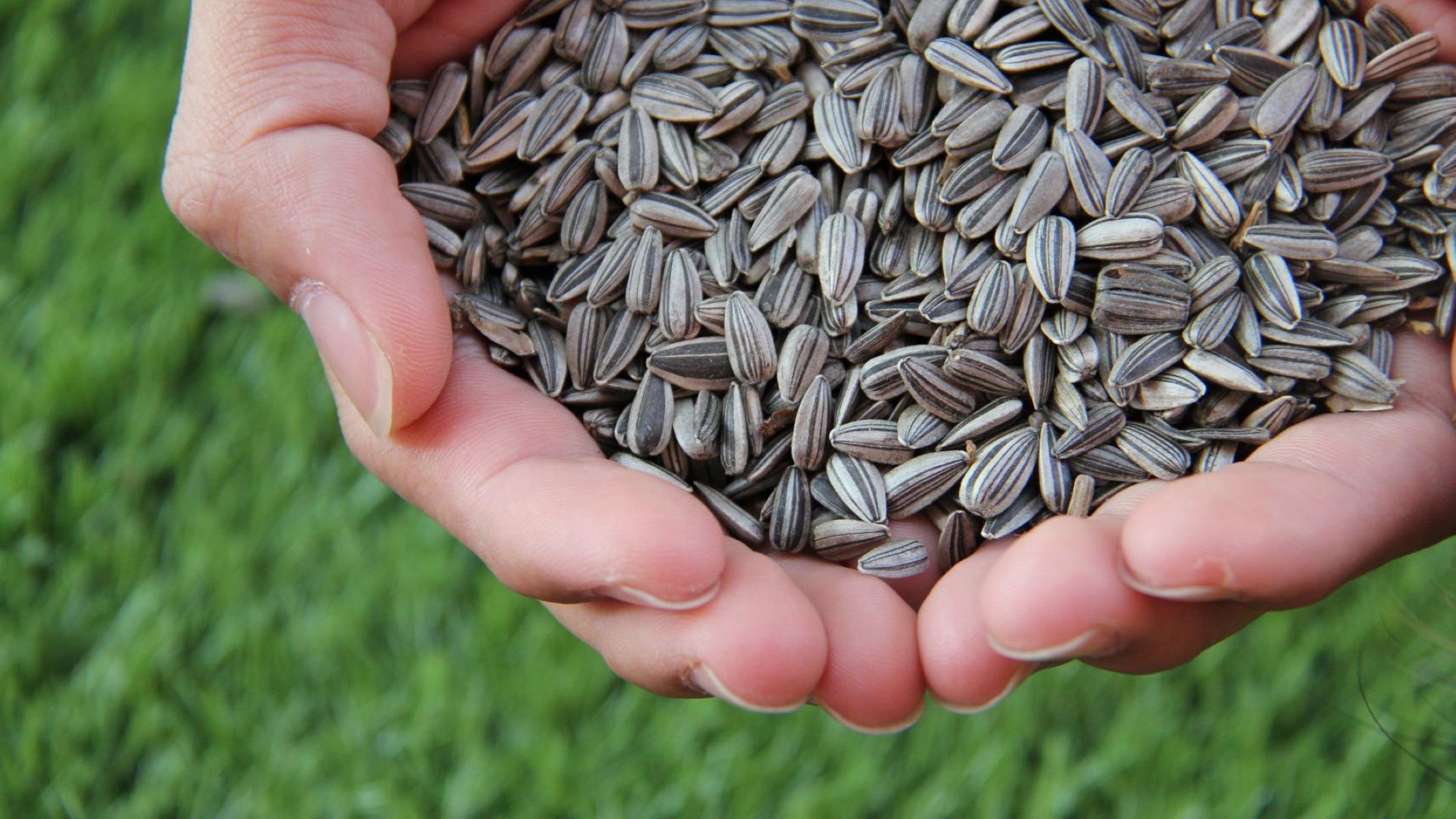
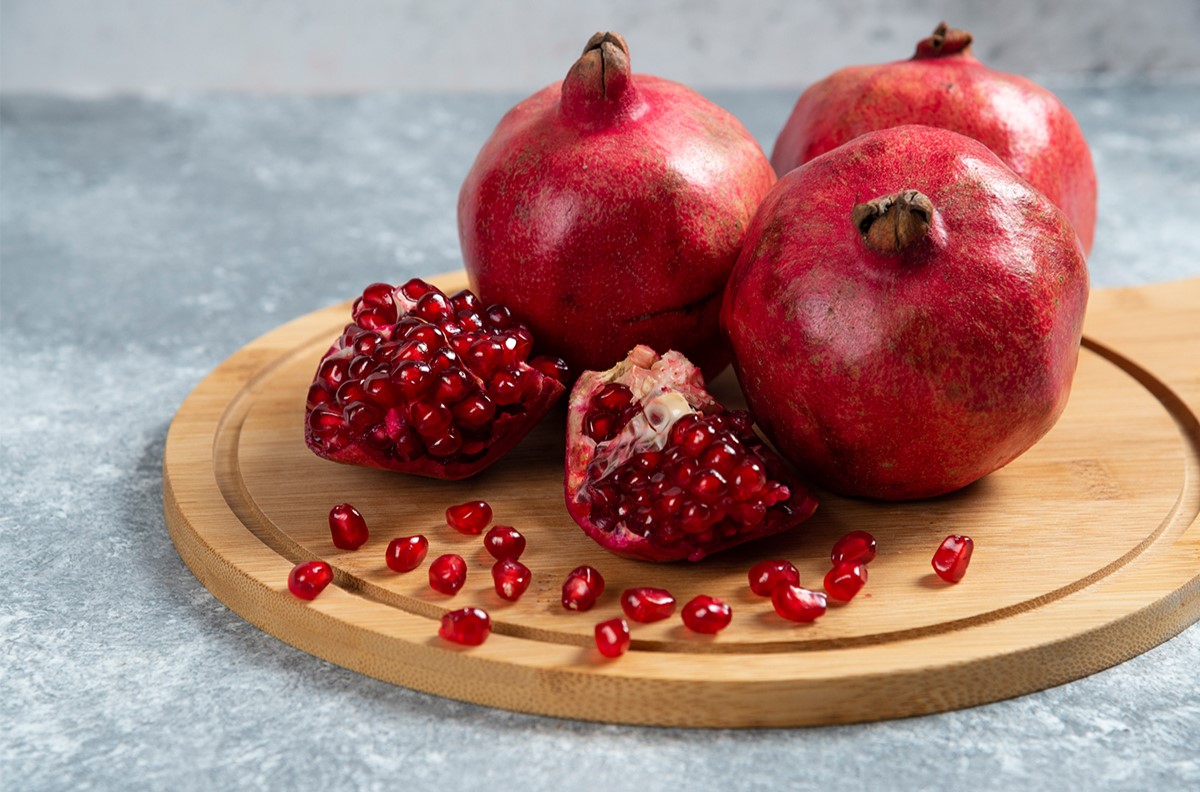


0 thoughts on “How Do You Know If Pomegranate Seeds Are Bad”